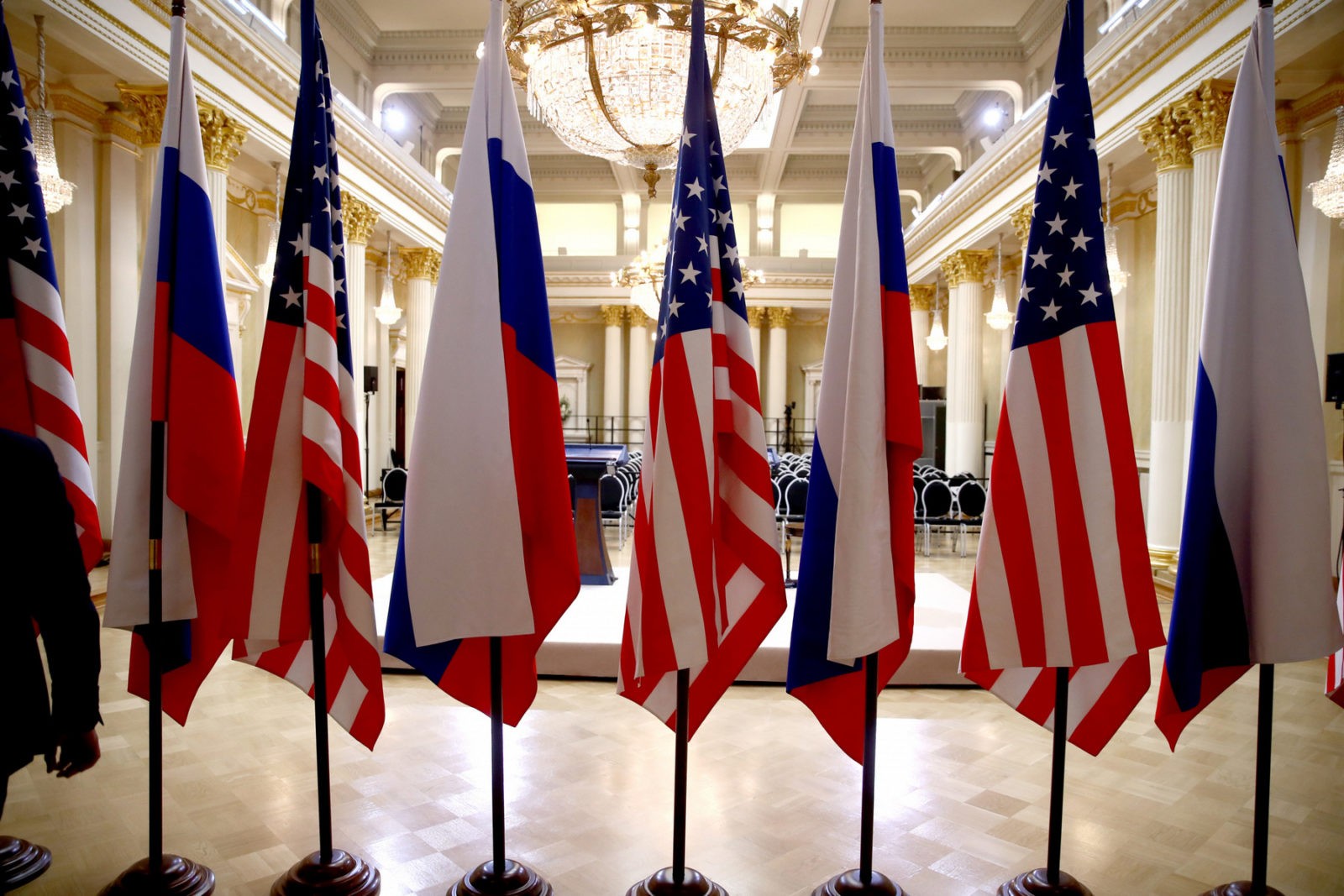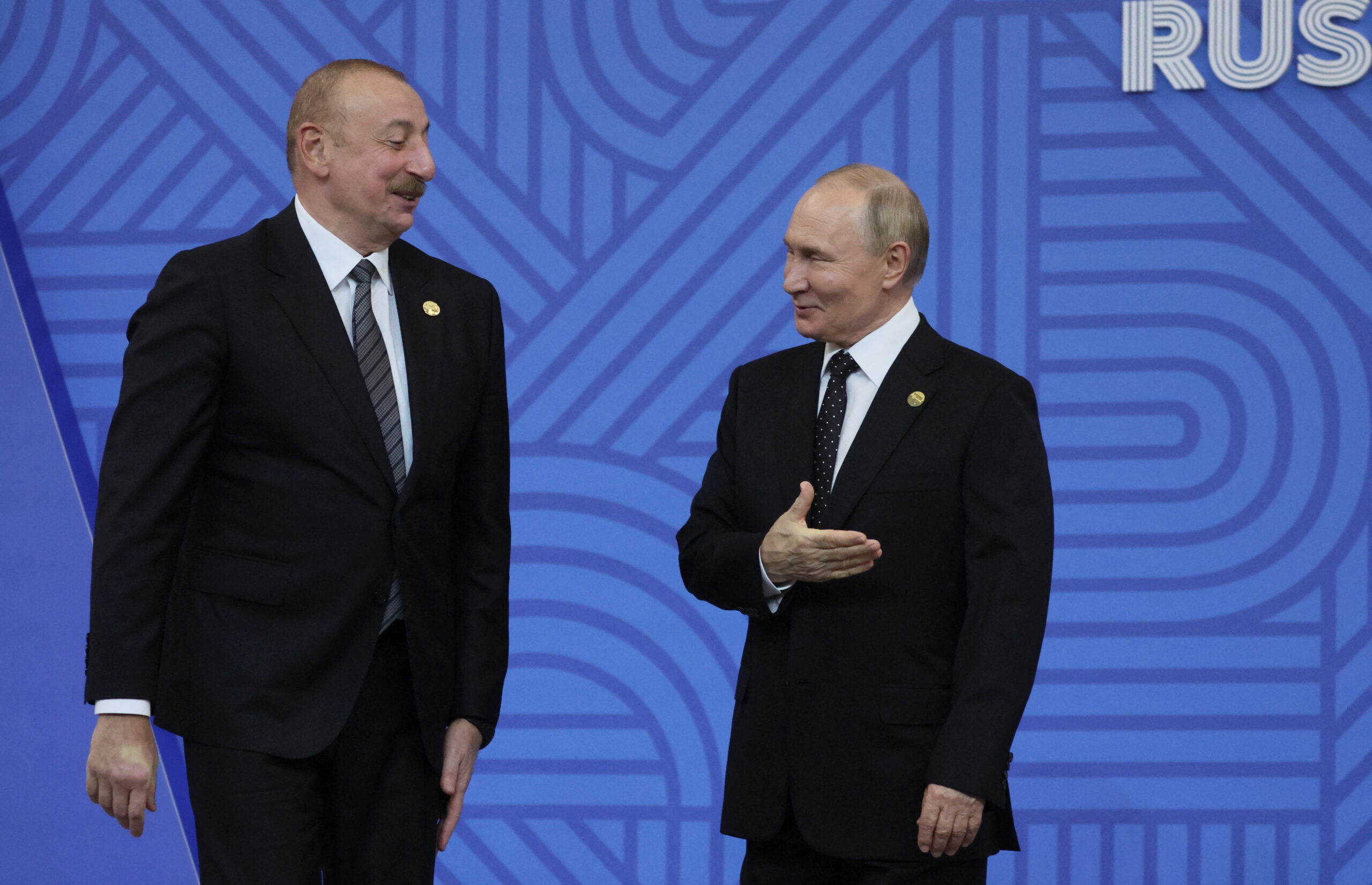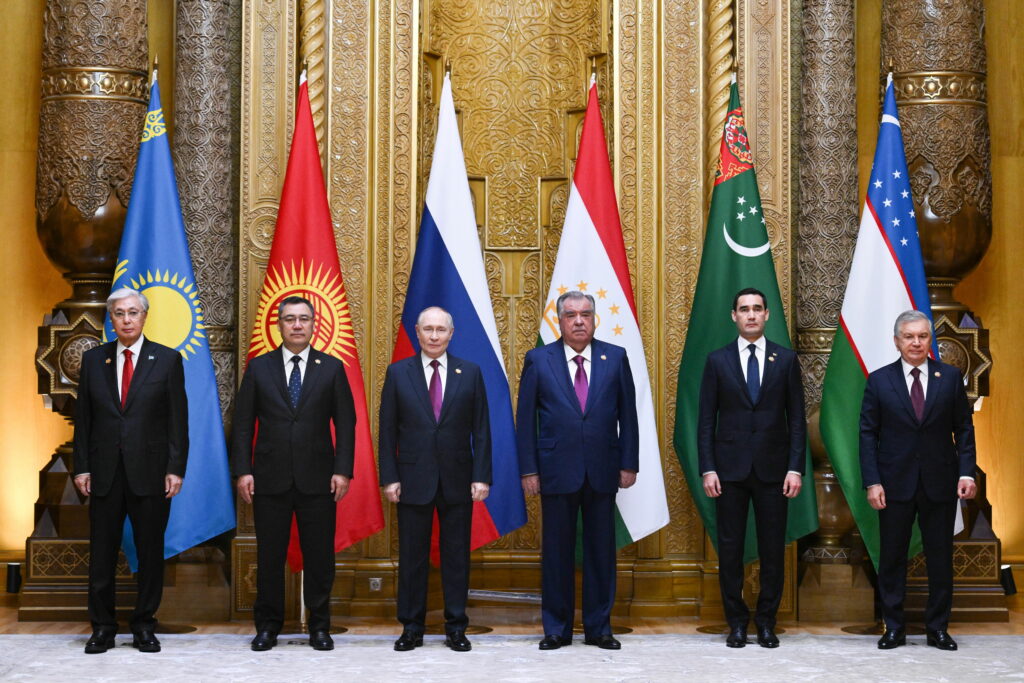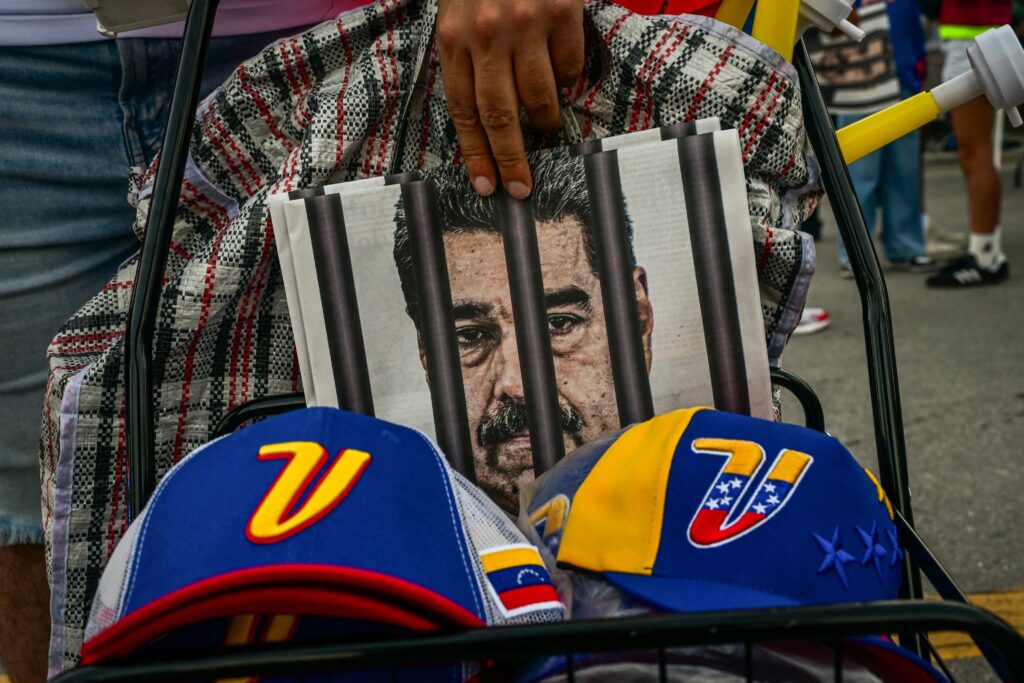Any expert who makes any prediction allows himself to greatly simplify the set of factors influencing how events unfold. And of course, how reliable those predictions are required to be also differs depending on the field of research. When trying to predict changes in public opinion about international relations, researcher and readers alike would do well to remember that there are long-term and short-term trends. The former are determined by those myths and relationship models which have developed over several years if not decades. The latter are largely determined by the current political situation and how it is reflected in the media.
Short-term trends are the consequences of the news agenda. For example, Vladimir Putin’s meeting with Donald Trump in Helsinki this June “raised” Russian public opinion towards the US by 22 percent. Yet in September, that rating began to sink again. Thus it’s worth asking whether short-term trends can reflect public opinion to another country at all, or whether they reflect something else (for example, attitudes to the recent actions of a country’s leaders or statements by its leaders.) We must separate public opinion towards news headlines concerning a given country from attitudes towards a country’s people and its image as a whole.

The graph above clearly shows short bursts of positive and negative attitudes which, when taken together, form longer periods of time. The beginning and end of each period can be signposted by concrete historical events:
1. From 1997 (when the Levada Center began systematically carrying out public opinion polls) to the US invasion of Iraq in 2003.
2. From the beginning of the US’s military campaign in Iraq to Putin’s Munich speech of 2007.
3. From the beginning of the Obama administration’s “reset” with Russia (2009) to Ukraine’s Revolution of Dignity (late 2013 to early 2014.)
4. From the start of the Russian-Ukrainian conflict to the present day.
Strictly speaking, even these periods are not long-term. They could instead be called the result of strategic information campaigns. In general, experts and researchers working in the field of international relations use the same classifications as their colleagues working in public opinion. This is not so surprising, as both groups of scholars are studying state policy, which has a huge influence on the formation of public opinion. However, the basis of long-term trends in public opinion should be sought not in diplomacy or geopolitics, but instead in the structure of social relations in Russia today.
Citizen Diplomacy
The Russian population’s attitude to the outside world is determined by their satisfaction with their own lives, their interest towards the new and the unfamiliar, and their ability to appreciate other forms of political relations. As most citizens don’t have the ability to travel abroad, their attitude to other countries becomes a test of their active curiosity and erudition. Crucially, it also reflects respondents’ perceptions about their country’s place in the world.
One public opinion poll conducted between 2000 and 2015 (with some omissions) included a question about respondents’ attitudes towards Americans. An analysis of poll data concerning answers to this question reveals two distinct periods, the first lasting from 2000 to 2009, and the second from 2009 to 2015. I would hazard a guess that attitudes over the subsequent three years have partly reverted to their old positions, but that in general the attitude is still worse than it ever was in the 2000s.

The data in this graph partly correspond to the trends shown in responses to the question about attitudes to the US. However, they still show an inertia in attitudes towards “ordinary” Americans; despite a short surge of negative sentiment in 2003 when the US invaded Iraq, attitudes to “ordinary” Americans remained unchanged. In contrast, the “Five Day War” with Georgia in 2008 did not lead to an immediate deterioration in attitudes, but laid the foundations for more gradual changes. This “inertia” which appears to characterise Russian attitudes to Americans can be explained by a much more complex set of factors underlying the influence of political events of the day.
Attitudes towards Americans cannot be considered unreservedly negative. The prevailing image of Americans is best characterised with the moniker “rational bosses.” That is to say, the population of the US are seen as wanting to live as they please, according to their interests, and take carefully deliberated steps to defend those interests (of course, this image also comes loaded with its fair share of negative characteristics.) At the same time, Russians admit that they lack some practicality in defending their own interests, so in some ways envy their “rivals.”
This attribution of authority is at the heart of Russians’ ambivalence towards Americans.
Despite the fact that such a craving for power is usually regarded as a desire to restrict the freedom of others, a show of force still seems necessary to assert the will of the state [to defend one’s own interests]. Therefore, in an ideal case, Russia should strive to do what the US is so often reproached for doing: spreading its influence. Thus the dialectic of Russian public opinion of the US simultaneously recognises it as a rival and accepts the commonalities between Russian and American aspirations.

Over the entire course of Russian-American relations, only one period saw Russians take a clearly positive attitude towards the US: from the end of Perestroika to the early 1990s. This warming of attitudes was obviously an emotional response to the radical and rapid conclusion of the Cold War; a conclusion which was perceived as a victory over Cold Wars and the concurrent domestic political stagnation. As the winner’s role Russians had ascribed to themselves gave way to a new perception as losers, their attitude towards the US deteriorated. Today, a new demand for detente is brewing in Russian society again: the political tension wrought by the outbreak of the Russian-Ukrainian conflict was accompanied by rising emotional tensions, which proved unsustainable in the long run. Data on perceptions of Russian-American relations between 2015 and 2017 reveal that the ties between the two countries was more frequently described as “cool” than overtly hostile. It can be assumed that, provided current dynamics are maintained and the Ukrainian conflict continues to be routine, this “cool” tenor of relations will prevail until or unless state policy radically changes.

Young Russians
When assessing the prospects for Russia’s future and the future of its relations with the rest of the world, one can often note differences between younger Russians and “average” Russians. Namely, young Russians tend to be more open to American culture and approve of the prospect of further cooperation between Russia and the US.

A comparison of data from the above survey (taken in 2018) with surveys taken a decade or two decades ago reveals a significant difference between the younger (18-39 years old) and older groups of respondents during more favourable periods for Russian-American relations. The gap between those age groups now, as then, is 10-15 percent. Therefore, the question arises as to whether generational change will foster a significantly different attitude towards the US and the west as a whole. That question is too complex to provide an unequivocal answer.
However, qualitative changes are clearly taking place in access to information, including linguistic changes; young Russians are increasingly active in English-speaking spaces online. It cannot be denied that the ability of young people today to communicate with others and educate themselves is incomparably greater than one or two decades ago. But what consequences might this have for Russian-American relations when society does not have the opportunity to change the course of foreign policy?
On the whole, the number of Russians who know a foreign language has not changed that much: it rose from 10 percent in 1995 to 13 percent in 2016. But in 2016, 28 percent of young people aged 18-24 knew at least one foreign language. The time it takes for newly-obtained ideas and knowledge to be consolidated into domestic discourse is growing smaller and smaller. However, these ideas initially only gain traction in a rather narrow discursive field. As trend rarely manifests itself beyond the boundaries of this constrained, intellectual space, it rarely has an impact on deeper, underlying societal trends. And it is the youth who lack sources of authority to refer to among public figures and politicians.
There can be no such authorities; Russian society lacks the necessary conditions for “heroes” to emerge, let alone to foster public debate between them. The only exception may be technological visionaries such as Elon Musk. However, in Russia such people are known primarily as brilliant businessmen who serve as an example of personal success; much less attention is paid to their political positions. As individuals’ opportunities to access new information grow, the gap between their own positions and the policies of the state widens; about 30 percent of young people aged 18-24 believe that Russian foreign policy is covered more objectively online than on television. While young people are sceptical and do not put much stock in their leaders’ sincerity, the topic of Russian-American relations seems to be beyond change. Rivalry is seen as inevitable in the logic of geopolitics, while alternative approaches are marginal and do not enjoy public support.
In sum, significant changes in Russian public opinion toward western countries cannot be expected. A more promising development is that the state is losing is potency as an ideological machine which alone determines who is a “friend” and who is an “enemy.” The slogans which blare from state-owned TV channels sound preposterous at best, and divorced from reality at the worst. While Russians perceive the tense relations as primarily geopolitical, this does not limit the possibilities for “citizen diplomacy,” since Russians’ attitudes to Americans are at least better than their attitudes to Russia.
The bad news is that the state remains and will remain for the near future the sole actor with control over all administrative possibilities. The political sphere is thus left at the mercy of professional politicians with whose interests most Russians do not identify. Nevertheless, these politicians have undisputed legitimacy when it comes to dictating foreign policy.
At the same time, the rhetoric coming from the US and other western countries inspires even less confidence, while the common interests of the two states (not to be confused with their populations!) do not seem immediately obvious. Most importantly of all, why citizens should feel the need to advocate for changes in international relations while they continue personal communications with the outside world unhindered? Public opinion influences state policy extremely weakly, particularly when citizens do not sense a tangible connection between their own interests and the common good.
What does the future hold for relations among Russia, Europe and the United States? This article is part of a series on future scenarios, sponsored by Riddle in cooperation with Johns Hopkins University SAIS and DGAP, supported by the Robert Bosch Stiftung.










